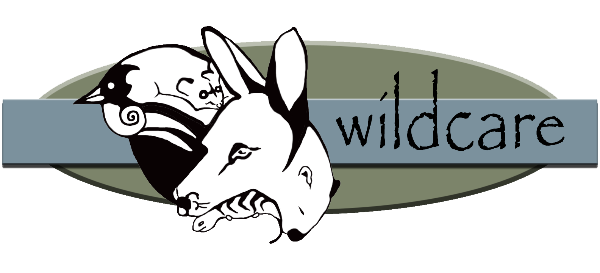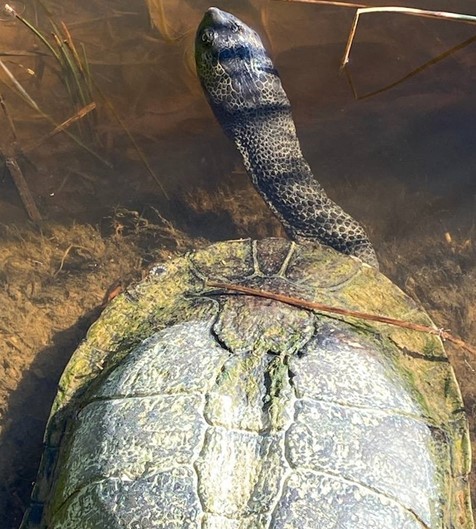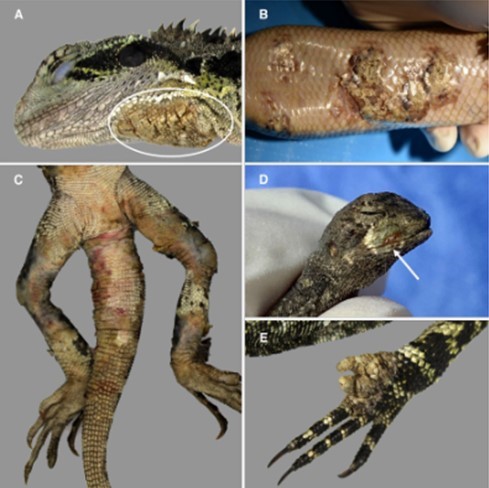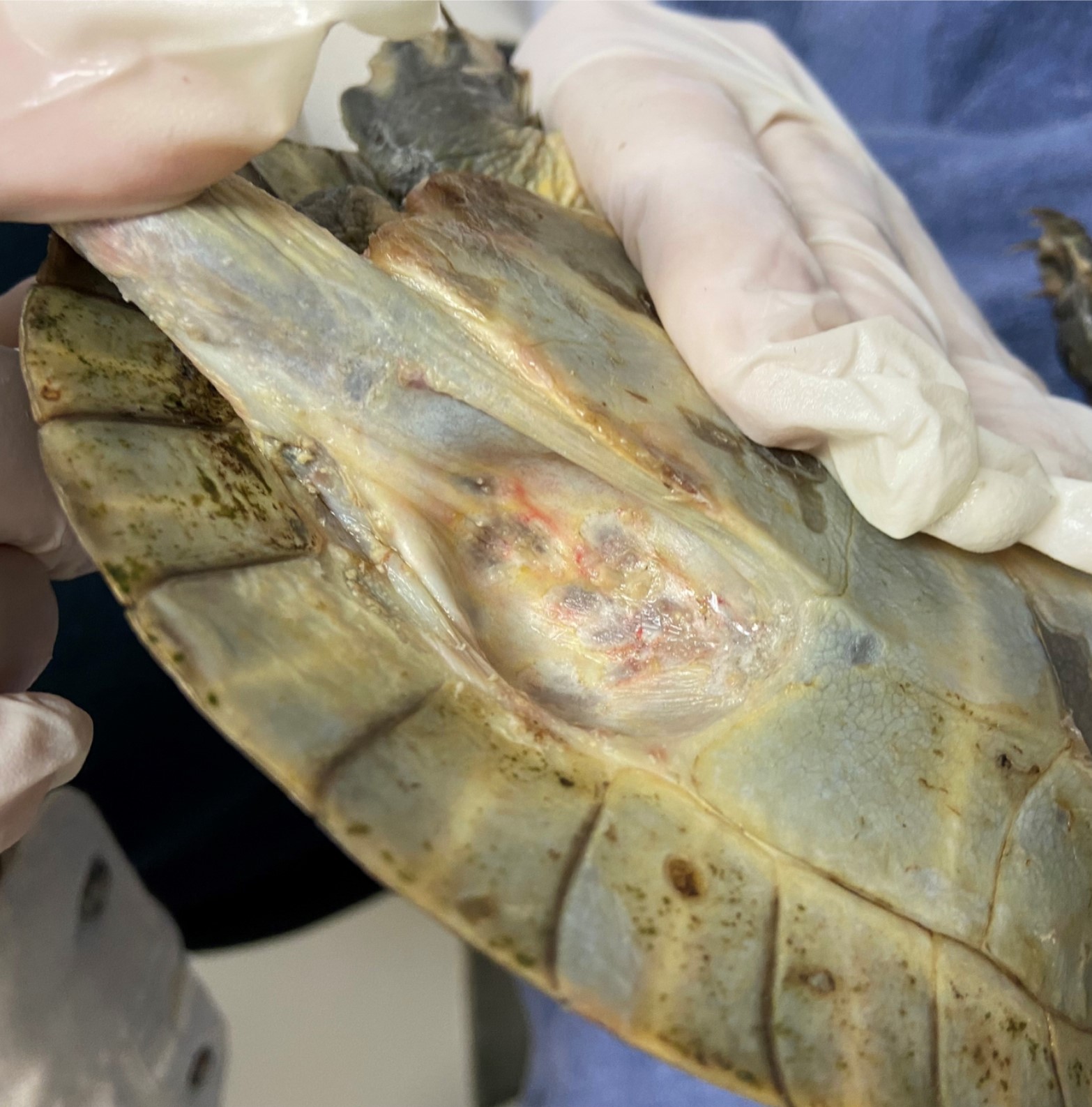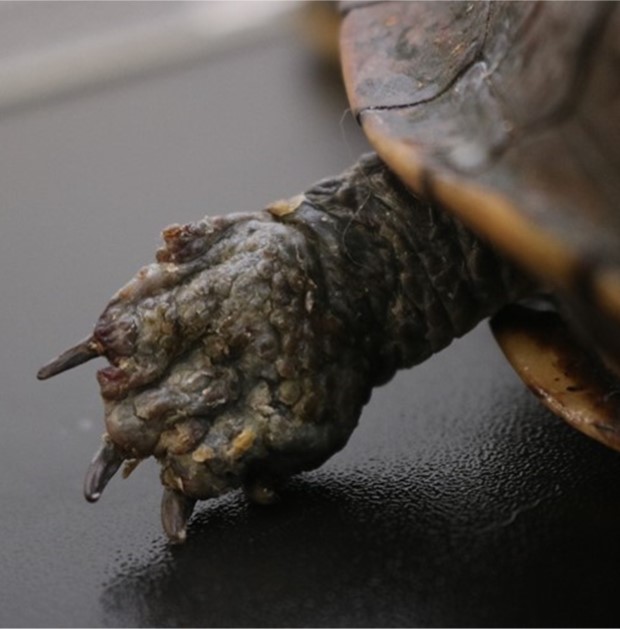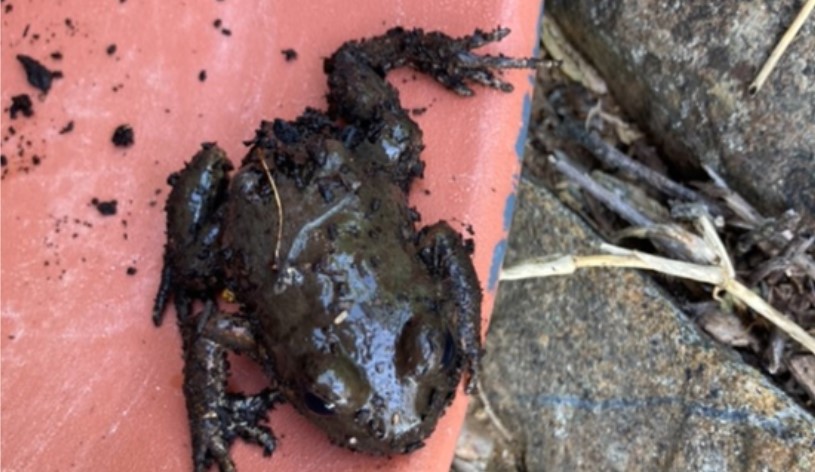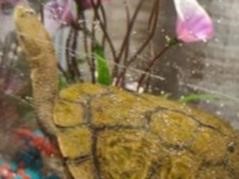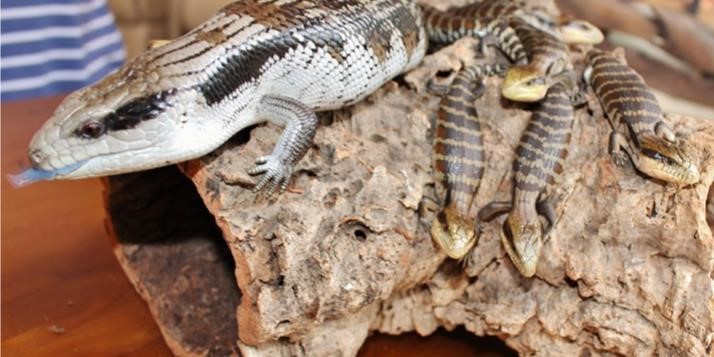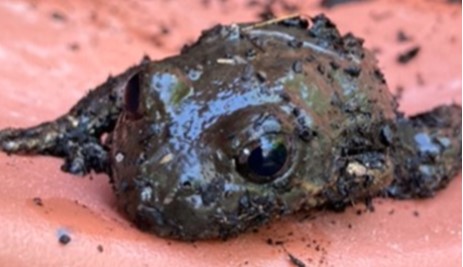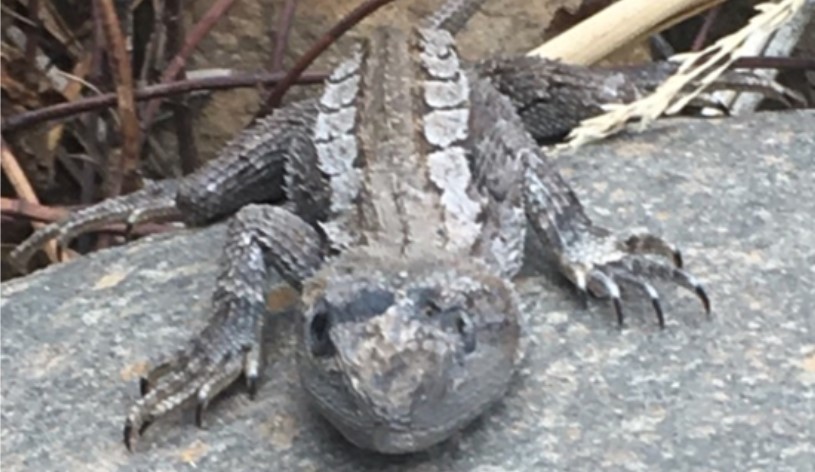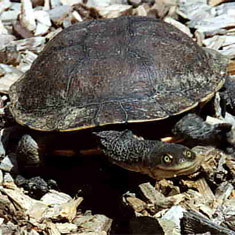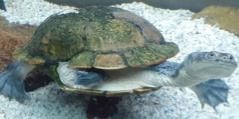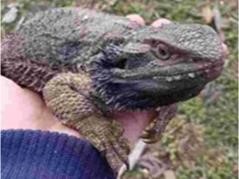Frogs under threat
In Australia many frogs have been turning up sick or dead. The cause of this is unknown. The Australian Museum is working hard to understand and respond to the problem, which, sadly, is affecting many common & threatened species.
What can we do?
We are being asked to keep an ear out for our iconic Banjo Frog (also known as the Pobblebonk frog). The Banjo frogs, apart from having the best song in the world, are a group of burrowing frogs with strong back legs that help them to dig backwards into the ground where they stay until it rains. This is the kind of frog we might accidently dig up in the garden.
The Banjo frog and any other frog activity that you hear around your property or on a walk can be recorded using the 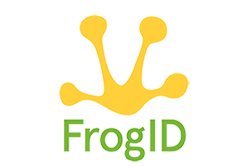 FrogID app — its really easy (and a little addictive) and it provides the Australian Museum investigators with valuable information about the current state of frog habitats and wellbeing across the country.
FrogID app — its really easy (and a little addictive) and it provides the Australian Museum investigators with valuable information about the current state of frog habitats and wellbeing across the country.
You can check out their data at frogid.net.au
Let's get into our frogs and help figure out what’s going on...
To understand the problem better, you may find the virtual event, presented by Dr Jodi Rowley, informative. It is available on Australian Museum frog appeal page.
If you come across a sick or injured reptile please call our 24/7 Wildcare Helpline 6299 1966, anytime of day or night. One of our experienced rescuers will be available for advice and we are more than happy to visit and to take a sick animal into care.
Posted: 16 September 2021
